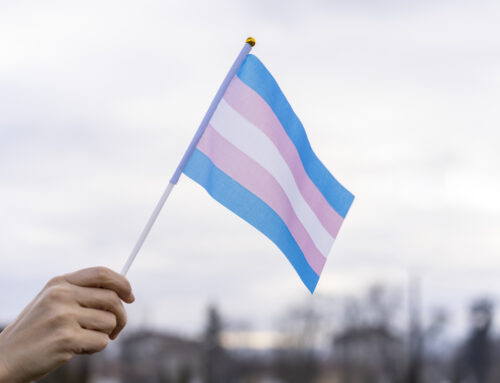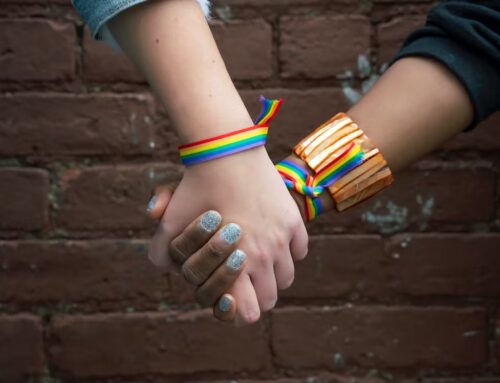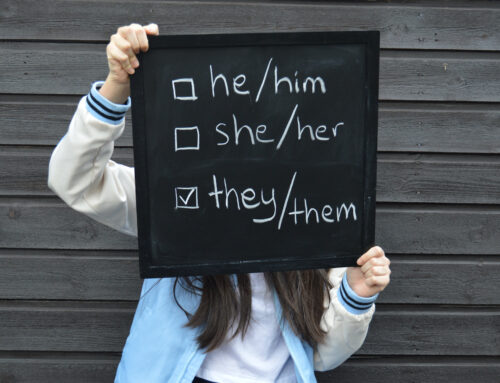We have discovered, that when we let kids have a free gender expression as they grow up, we get a rainbow of gender identity and expression. This has shaken up our whole idea of a fixed Gender binary (the belief that there is a line of total separation between male and female genders), and opened our eyes to seeing gender as lying on more of a continuum.
You may have heard lots of different terms out there describing the concepts surrounding gender and gender identity. Here are some common terms and their explanations.
Biological Sex: This is our assigned gender, which is given to us at birth – based on our biology (mostly based on our genitals), including genes, hormones, genetics and genitals.
Gender Identity: This is our internal sense of whether we are male or female. It is based in our “brain” and how we feel.
Gender Expression: This is the way we express or manifest our internal sense of gender identity to the world (how we chose to present our selves to others), through behavior, mannerisms, clothing, voice, hairstyles, and expression of secondary sex characteristics. Some kids are pretty conventional in their gender expressions (for example, wearing a dress when their gender identity is female), while other kids may not be (wearing traditionally masculine clothing when their gender identity is female).
How does it all happen?
Typically, kids develop a firm sense of gender identity between the ages of 2-4 years old.
For most kids, their biological sex (the genitals and hormones they were born with) aligns with their gender identity (how they feel in terms of their gender), and their gender expression (how they present themselves to others).
For some kids, their gender identity (how they feel), aligns with their gender expression (how they present themselves), but is opposite from their biological sex (genitals and hormones).
There is also a group of kids who’s gender identity doesn’t get solidified until adolescence (when the differences between male and female bodies become more evident). As children, these kids may be gender non-conforming (their gender expression doesn’t align with their biological sex), gender blended (they may feel that they are part boy and part girl), or gender fluid (they may sometimes feel like a girl and sometimes like a boy). When these kids come into adolescence, their gender identity becomes more fixed. Some of them continue to be gender non-conforming into adulthood, some become transgender adults (their gender identity persistently being different from their biological sex), some continue to identify themselves in the middle between male and female (calling themselves queer), and some grow up to identify with a gay, lesbian, or bisexual orientation (attracted to the same or both genders as opposed to feeling that they ARE a different gender).
To learn more or find support in your area, check out our resources page.
Teich, N.M. (2012). Transgender 101: A simple guide to a complex issue. New York: Columbia University Press.
My Princess Boy, by Cheryl Kilodavis. https://www.amazon.com/My-Princess-Boy-Cheryl-Kilodavis/dp/1442429887
TEDx Talks: Beyond the Gender Binary: Understanding Transgender Youth | Dr. Margaret Nichols. March 30, 2015.



